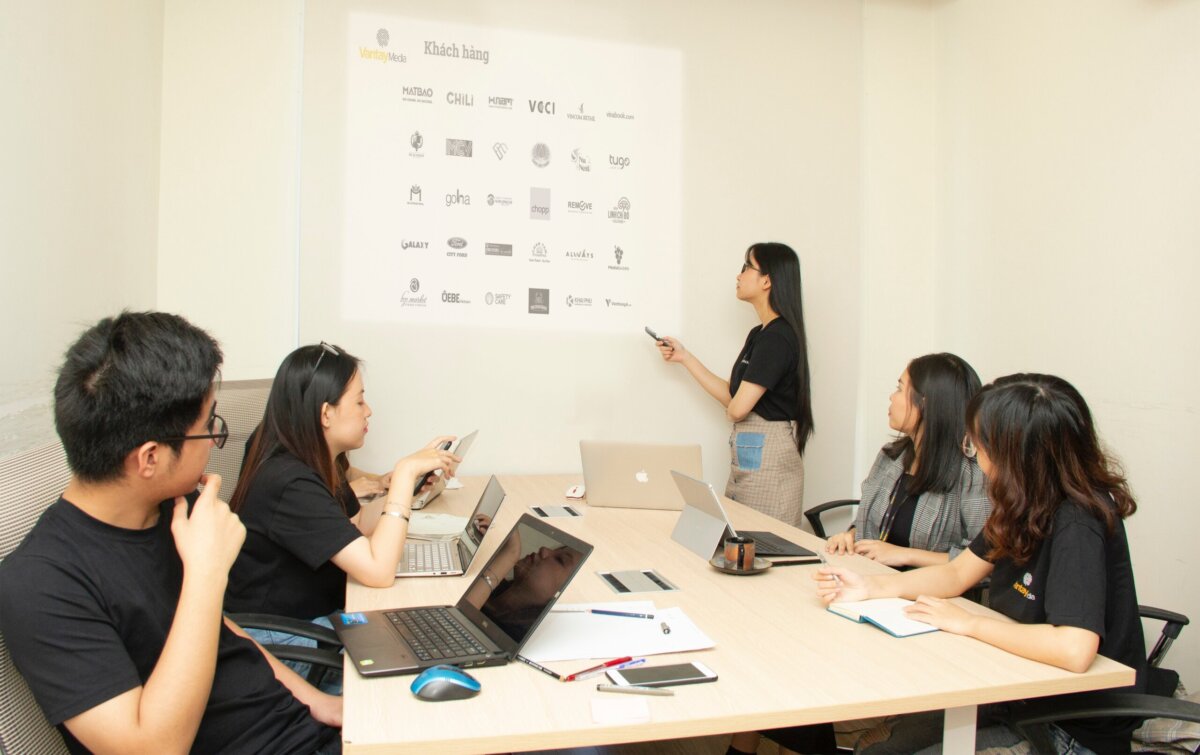
Author: Simone Kohl
· 2 mins read · 1,120 views
The Employee Journey
Similar to the Customer Journey, the Employee Journey maps out an employee’s career experience within a company, focusing on key contact points such as the first 100 days or returning from parental leave. As digital transformation and skilled labor shortages pose new challenges, understanding this journey helps companies address issues and implement changes more effectively. Feedback from employees is crucial, as the journey spans phases from initial information search to post-departure influence. By analyzing each phase, companies can enhance their employee branding, measure success through metrics like application numbers and retention time, and ultimately improve both employee satisfaction and the company’s image.
Definition
The Employee Journey is based on the Customer Journey and is intended to represent a “journey” of the employees. It observes how employees perceive their career within the company. Due to the digital transformation and the shortage of skilled workers, the entrepreneurial challenge of finding new and suitable employees has become more difficult.
You can define the contact points with the company, for example the first 100 days or the phase after returning from parental leave. Through this analysis, companies can address problems more quickly and initiate changes.
Why is Feedback Important?
Feedback from staff is just as important as feedback from managers. The employee journey can basically be divided into three parts: coming, staying and going. However, because the journey usually begins earlier through social networks and continues beyond termination, two phases can be added.
Phases of the Employee Journey
- Information Search Phase
- In this phase, first impressions count. Potential applicants search for information about the company on position portals or on social networks, for example. This is where the potencial applicant makes the decision whether or not they want to apply for the position. Also the applicant finds out on which platforms the company is present.
- Interview Phase
- In this phase, the invitation to the interview and everything around the interview plays a role
- Phase of Cooperation
- The first day of work is fundamentally important for the applicant’s attitude towards the company. On the first day there is so much to do because everything is new, therefore things like how the employees and the team are introduced are important.
- Phase of Dismissal or Leaving
- The termination phase is also important. Will the employee be treated kindly after termination or will he or she be met with resentment? The farewell also has an influence on possible further cooperation.
- Phase of Influencing Third Parties
- After the employee has left the company, the employee shares his impressions and experiences to third parties. These experiences influence the image of the company and also shape future applications.
Measurement of Employee Branding
- Number of Applications
- The more applications you get in response to the position advertisement, the more attractive the position is. And the number of unsolicited application can measure the success of the ad.
- For example: How many clicks on the “Applicant” button were there and how many of them ultimately sent an application? If the bounce rate is above 50%, then it could be an indication that the application form did not convince the applicant.
- The more applications you get in response to the position advertisement, the more attractive the position is. And the number of unsolicited application can measure the success of the ad.
- Retention Time
- How long did users stay on the careers page? This allows you to filter out how many interested parties there are, because they usually stay longer on the page.
Final Thoughts
Not only the customer journey and customer satisfaction is important, but also the employees who can positively or negatively influence the company’s image.
Looking for Expert IT Solutions?
Subscribe to Our Newsletter for Exclusive Tips and Updates!
Stay ahead of tech challenges with expert insights delivered straight to your inbox. From solving network issues to enhancing cybersecurity and streamlining software integration, our newsletter offers practical advice and the latest IT trends. Sign up today and let us help you make technology work seamlessly for your business!



Share